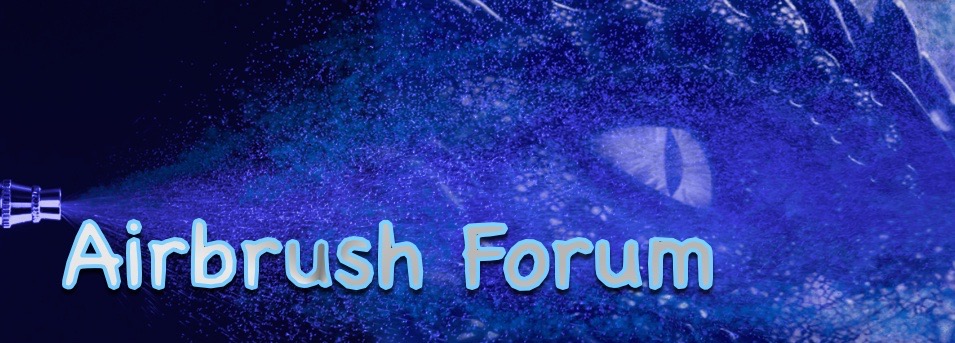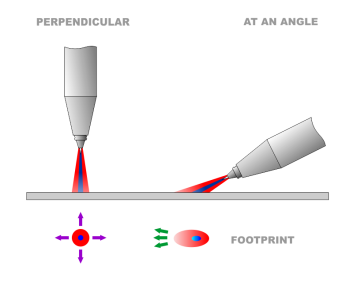ignis
Needle-chuck Ninja
When spraying dagger strokes in the conventional way there's always the risk of involuntarily spraying a dot or fat start at the beginning of the stroke. This annoyance can be minimized as is visible in the Inbetween Panther WIP I recently started. How this dagger stroking is performed is explained in my blog. Especially artists who own the Iwata Micron CM SB will benefit from this with some cheap and easy to perform mods.

